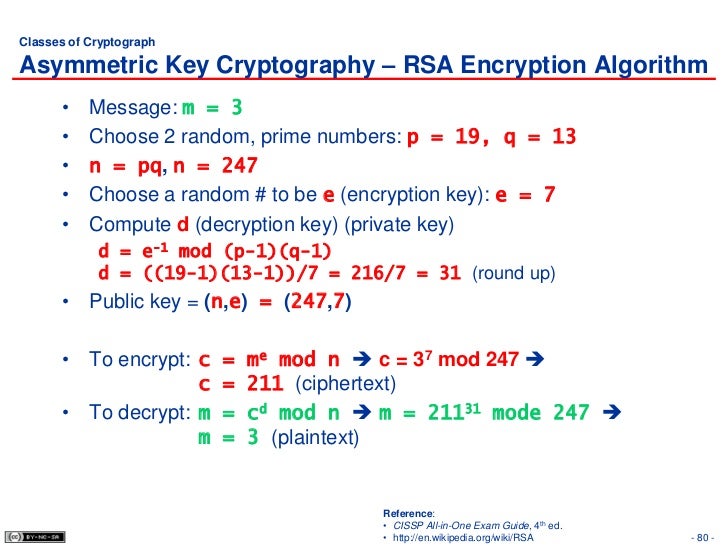Cryptography is a field that underpins the security of our digital communications and data. A fundamental aspect of modern cryptography, particularly asymmetric encryption, is the RSA algorithm. Within this algorithm lies a crucial mathematical relationship involving the numbers p and q, where p and q are large prime numbers. Understanding what (p-1)(q-1) signifies is essential, as it forms the bedrock of RSA’s security and functionality.
At the core of RSA is the generation of a public and private key pair, reliant upon the product of two large primes, represented as n = p * q. However, it is the Euler’s totient function, φ(n), which is expressed as φ(n) = (p-1)(q-1), that plays a vital role in key generation within RSA. By defining φ(n), one is able to ascertain the number of integers less than n that are coprime to n. This characteristic ensures that any integer used in the encryption process possesses the necessary properties to support the security of RSA.
A key aspect of RSA is the selection of an encryption exponent, e. This exponent must satisfy the condition that it is coprime to φ(n). In other words, gcd(e, φ(n)) must equal 1. This ensures that there exists an inverse exponent d, which serves as the decryption key, fulfilling the relationship ed ≡ 1 (mod φ(n)). The implication of this relationship cannot be overstated: it guarantees that the encryption and decryption processes are interlinked through modular arithmetic, allowing for secure communication.
The significance of the factors (p-1) and (q-1) becomes more apparent when one considers the prime decomposition of n. The choice of primes affects the density of integers that are coprime to n, and subsequently, the security of the RSA system. A pair of primes that yield a large φ(n) makes it increasingly difficult for adversaries to determine d, even if they can observe the public key (n, e). This aspect underscores the importance of selecting primes that not only contribute to a substantial n but also maximize the value of (p-1)(q-1).
Focusing on the individual components, the values (p-1) and (q-1) themselves are interesting from a number-theoretic perspective. Since both terms are one less than their respective primes, they reflect the specific quantity of non-multiples of p and q. The properties of these terms are essential when exploring the multiplicative structure of groups in modular arithmetic, particularly when one considers the Chinese Remainder Theorem (CRT). The CRT provides a framework that simplifies calculations using modular arithmetic by breaking problems down into smaller, more manageable pieces derived from p and q.
Furthermore, defensive strategies against potential vulnerabilities hinge upon the understanding of (p-1)(q-1). One common attack on RSA stems from the selection of weak or small primes, yielding a φ(n) that is easily factorable. If an attacker can factor n into its constituent primes, they can compute φ(n) and subsequently uncover the private key d, thereby compromising the entire system. This highlights the necessity of prime number selection and the mathematical rigor involved in ensuring their size and randomness.
Consider also the numerical aspect of (p-1)(q-1). In practical applications, cryptographic systems often operate under a binary framework that necessitates efficient computation. The size of the primes can directly impact the operation’s performance, determined by log scales. For example, a choice of large primes, typically 2048 bits or more, elevates the computational complexity of testing for primality and executing the encryption/decryption cycles. Thus, while it is imperative to maximize (p-1)(q-1) for security purposes, it is equally critical to balance performance considerations in real-time applications.
The relationship between (p-1)(q-1) and the overall security architecture further extends into the realm of digital signatures, where RSA is often harnessed. When a digital signature is created, the signing process involves the private key and modulated by φ(n). Consequently, the stability and integrity of the signature depend on the robustness of (p-1)(q-1). If φ(n) can be efficiently computed through factorization, the signatures become susceptible to forgery. This link emphasizes why the cryptographic community strongly advocates for regular updates and safeguards against known vulnerabilities.
In conclusion, (p-1)(q-1) is not merely a mathematical expression in RSA; it is intrinsic to the security and reliability of the entire cryptographic framework. It intertwines with fundamental estimations of coprimality, influences the decryption mechanism, and bolsters defenses against attacks. As we navigate the expansive landscape of cryptography, understanding the implications of φ(n) reverberates through both theoretical exploration and practical implementation. Comprehending the importance of (p-1)(q-1) not only enriches one’s knowledge of RSA but also underscores the critical balance between mathematical elegance and computational reality in cryptographic practice.








Leave a Comment